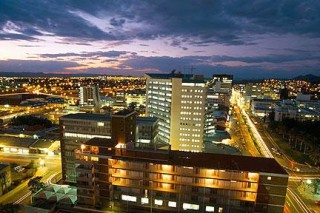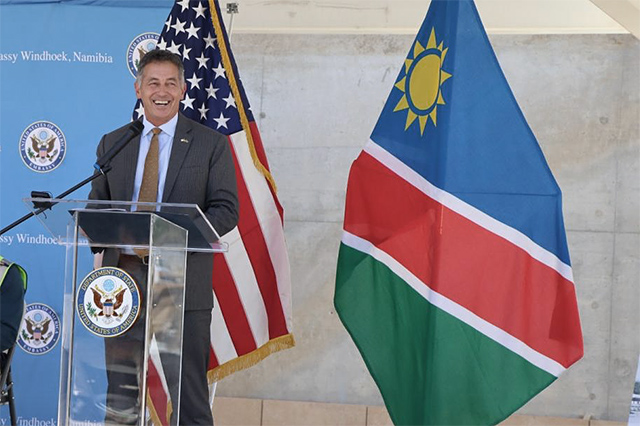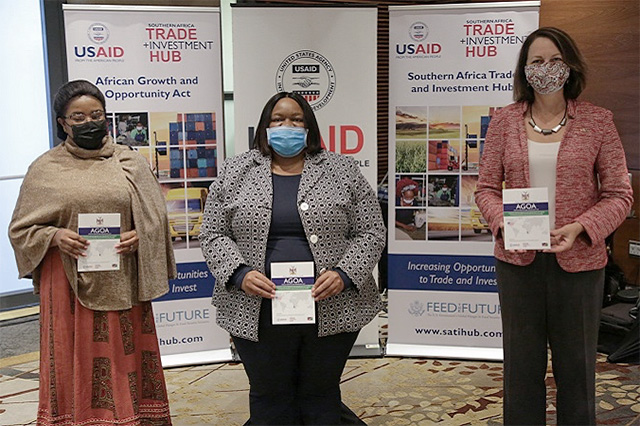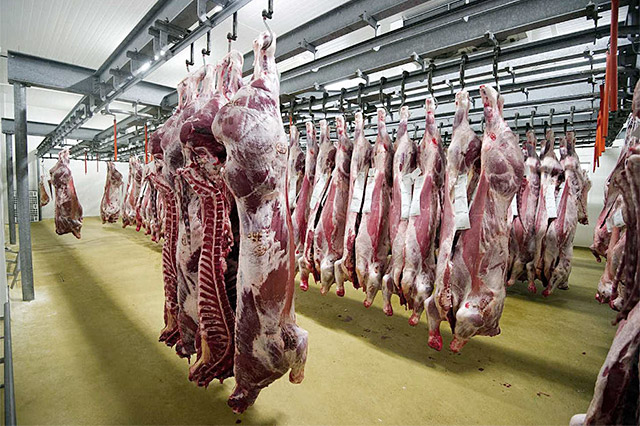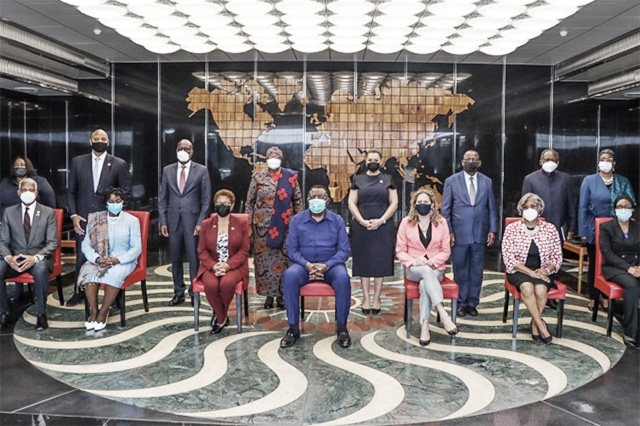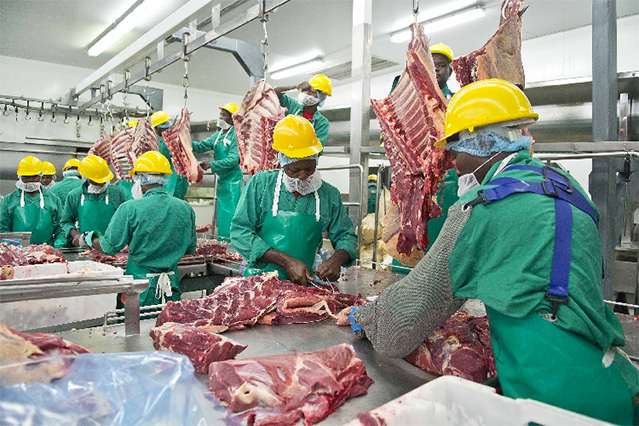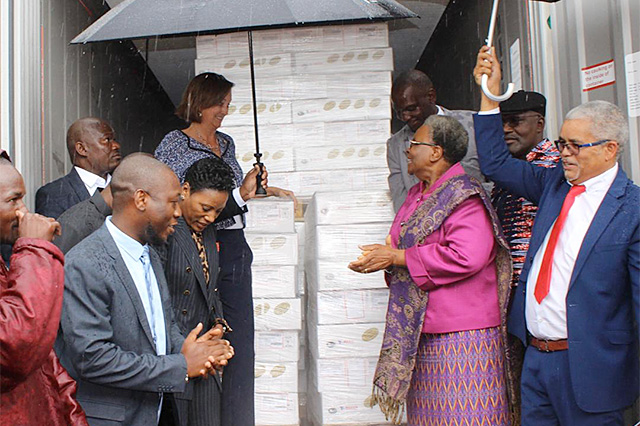Does the space for industrialisation exist for Namibia?
In 2004 Namibia adopted Vision 2030 as its roadmap for the industrialisation of our country.
The Vision envisages that Namibia shall be developed by her own human resources. We are in the seventh year in the implementation. Yet, we do not, as a nation, have a concrete roadmap for industrialisation. At the same time the global trading system is fast changing.
The rules of the WTO; the emerging patterns of international trade, for example, the rise of global value chains and marketing networks of multi-nationals; and bilateral and regional trade agreements all are impacting on trade rules. These patterns of international trade are narrowing the industrialisation policy space of the industrially lagging countries such as Namibia.
It is imperative therefore that Namibia should chart a roadmap for industrialisation within the framework of Vision 2030, before it is too late.
The lessons from EPA negotiations are instructive in this regard. The EPA negotiations are stalled on key industrial policy issues such as food security; free circulation of goods and services; prohibition of quantitative restrictions; infant industry protection; export duties; and the Most Favoured Nation treatment.
Removal of barriers to trade between SADC and EU shall lead to unrestricted food imports from Europe. European agriculture is highly subsidised. This situation will create unfair competition. Local agricultural production shall be negatively affected.
Similarly, free circulation of European imports within SADC will mean that duties won’t be levied on European imports once such imports have entered any of the SADC members. SACU revenue will be negatively affected by such an undertaking. Removal of infant industry protection regime, on the other hand, will relegate the industry lagging countries within the SADC family to perpetual producers of raw materials.
In addition, removal of export duties will mean that a country like Namibia will not have a policy option to encourage value addition to locally produced raw materials.
All these examples demonstrate that the industrially lagging countries are running out of policy options. If EPAs were going to be signed in the present form even the South-South Cooperation Arrangements will be compromised by the Most Favoured Nation treatment.
The AGOA experience
Despite its shortcomings, African Growth and Opportunity Act or AGOA provided trade preferences for quota- and duty-free entry of goods from Sub-Saharan Africa into the US market. Namibia, despite its dubious honour of being an upper-middle-income country, qualified for AGOA treatment.
This was an opportunity for Namibia to benefit from the “flying geese pattern” of industrial development. The flying geese pattern of industrial development happens when industrialised countries lower trade barriers for industrial goods from the industrial lagging countries. This is how South East Asia moved from simple manufacturing to today’s industrial complexes.
Although Namibia initially benefited from AGOA it missed an opportunity of benefiting from the flying geese pattern of industrial development. This happened because Namibia did not have a strategy of how to benefit from AGOA. It is imperative therefore that Namibia must develop an industrialisation policy.
Toward a national industrialisation policy
A National Industrialisation Policy starts with the identification of the national competitive advantages. Which sectors of our economy show great potential for manufacturing? Currently few companies have established niches in manufacturing. These include Namibia Breweries; Namibia Mills, Namibia Diaries, Ohorongo Cement; some meat and fish producers.
There is a need, however, for a conscious effort to identify more industrial clusters which should be promoted and marketed. I believe there is still a great potential in meat and fish processing; minerals beneficiation; tourism development; and marketing of Namibia as service centre with modern ICT, the road transportation system and harbour services.
Secondly, there is a need to identify agents which are steering economic and technological transformation. This means that strategic collaboration between Government and the private sector on the basis of Public Private Partnership is imperative.
Thirdly, enterprise development is another area which must be explored. The Government, in its capacity as a developmental State should take the lead in assisting the private sector to kick-start enterprise development. In particular Government should establish a national innovation system and venture capital in order to enhance technology leveraging and new innovations.
Fourthly, it is important for Namibia to establish a national trading company which is tasked to promote Namibian manufactured products and the development of global marketing networks. This is important in mitigating the impact of corporate strategies and goals on the patterns of trade flows.
In a nutshell: though neo-liberalism is discouraging the development of industrialisation policies in the industrial lagging countries, these countries cannot afford not to have one while there is still a window of opportunity in industrialisation policy space.
Irfan ul Haque in a piece titled “Rethink Industrial Policy” (2007) correctly observed: “Although developing countries’ room for manoeuvre in policy making is now greatly circumscribed, the existing tariffs on manufactures continue to provide developing countries with some degree of protection from outside competition.”
Namibia should heed this advice if Vision 2030 is going to be a reality.


